If you’re a foodie, you might be interested to know if you’re a supertaster. Super tasters experience more intense flavors when they eat because they have an increased amount of taste receptors on their tongues. You can see how many taste receptors you have by using food dye and counting them. Or, if you’re old enough to drink, swirling wine around your tongue will also increase their visibility. You might also take note of how you experience certain flavors (although that’s not a sure-fire test). Only 25% of people in the world are supertasters, but you could be one of them!
StepsMethod 1Method 1 of 2:Using Blue Food Dye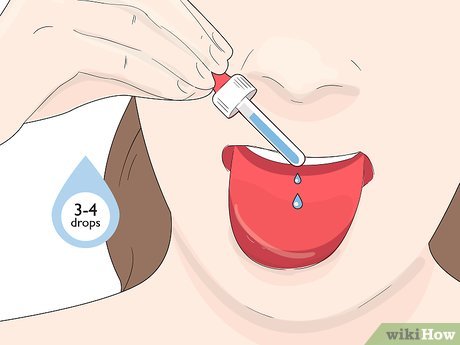
1Place 3 to 4 drops of blue food coloring onto your tongue. Swirl the dye onto your tongue a little to make sure it coats the entire top of your tongue. The food dye will help the small bumps (papillae) stand out from the surface of your tongue.XYou can also use green food dye—just avoid using red or pink, as it’s too close to the color of your tongue.If you don’t have any food dye (and if you’re of legal drinking age), swirl red wine in your mouth. Red wine contains acids and sugars that stimulate the taste receptors on your tongue.X
2Put a hole-punch reinforcement sticker onto your tongue. Stick out your tongue and place the hole-punch sticker on the top of your tongue toward the front. Since your tongue is wet, it may not stick, but place it on the top and tilt your head so it stays in place.XIf you don’t have a hole-punch reinforcement sticker, cut a piece of lined paper into a small strip that includes 1 hole punch. Lay that on the front area of your tongue instead.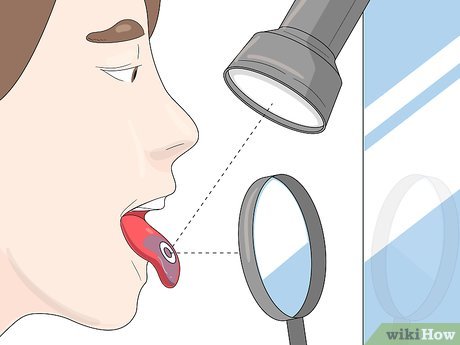
3Use a magnifying glass and a flashlight to see the papillae better. Lean into a mirror and shine a flashlight onto your tongue. Position the magnifying glass at an angle between your face and the mirror where you can see your tongue reflected in the mirror.XIf you don’t have a magnifying glass, you can also use a magnifying mirror.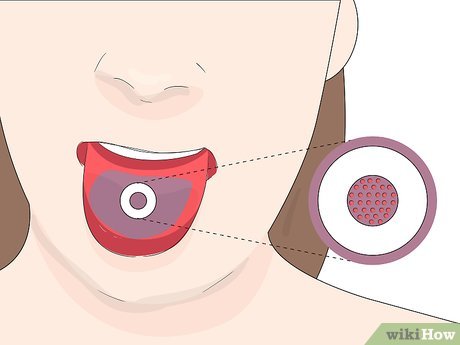
4Count the number of bumps inside the circular sticker. Hold your tongue very still and count how many bumps you see inside the circular sticker. Regular tasters have about 15 to 30, but if you have more than 30, you’re a supertaster!XIf you have a friend, family member, or roommate around, ask them to help you count the bumps or double-check your tally.If you’re using a strip of paper and red wine, place it on your tongue toward the back (where you see larger lumps). If you have more than 8 lumps, you’re a supertaster.XMethod 2Method 2 of 2:Tasting Foods and Drinks
1Notice if you tend to avoid naturally bitter foods and drinks. Bitterness is detected at the back of the tongue, where large lumps of papillae are located. Supertasters have lots of these lumps, causing bitterness to be exacerbated. If you avoid these foods because they taste so bitter to the point of disgust, you could be a supertaster. Some of the naturally bitter foods supertasters avoid are:XCoffeeDark chocolateNon-sweetened alcoholic beverages (like gin and tonics)Beer (IPAs, bitter pale-ales)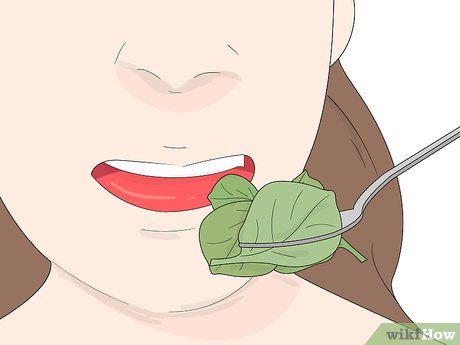
2Eat green vegetables to see if they taste sour. Spinach, broccoli, brussels sprouts, kale, and collard greens can taste overly bitter and off-putting to supertasters. If you purposefully avoid these foods for that reason, you might be a supertaster.XKeep in mind that if you avoid these foods just because you don’t like them, that doesn’t make you a supertaster.Eat the greens raw or cooked with little to no oil and seasoning to let the natural flavor of each vegetable come through.
3Try spicy foods and note how you react. Since supertasters experience flavors more intensely than regular tasters, spicy peppers will be extremely spicy—even to the point of pain. That’s because supertasters also have more pain receptors on the tongue (in addition to more papillae).XIf you avoid jalapeno peppers, serrano peppers, tabasco peppers, cayenne, or hot sauce because you experienced pain, that could be a sign that you’re a supertaster.If you like the burn of spicy foods, you might still be a supertaster—you’ve just conditioned yourself to like the sensation.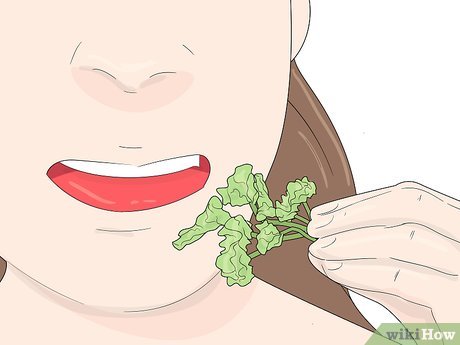
4Eat cilantro to see if it tastes soapy. For normal tasters, cilantro tastes fresh and citrusy. But if you’re a supertaster, it might taste soapy or metallic. Eat fresh-picked cilantro leaves or dried cilantro to see how you respond.XSome supertasters think cilantro tastes bitter as well.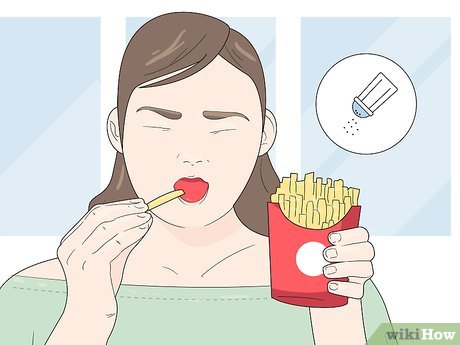
5Notice if you perceive foods to be over-seasoned on a regular basis. If you regularly find yourself judging food as too salty, too peppery, or too heavy on the spices, you might have more taste receptors on your tongue than the average eater. It may seem like you’re just a picky eater, when really, you could be a supertaster!XHowever, this isn’t a sure-fire sign because it could be that you just like lightly-seasoned foods.








